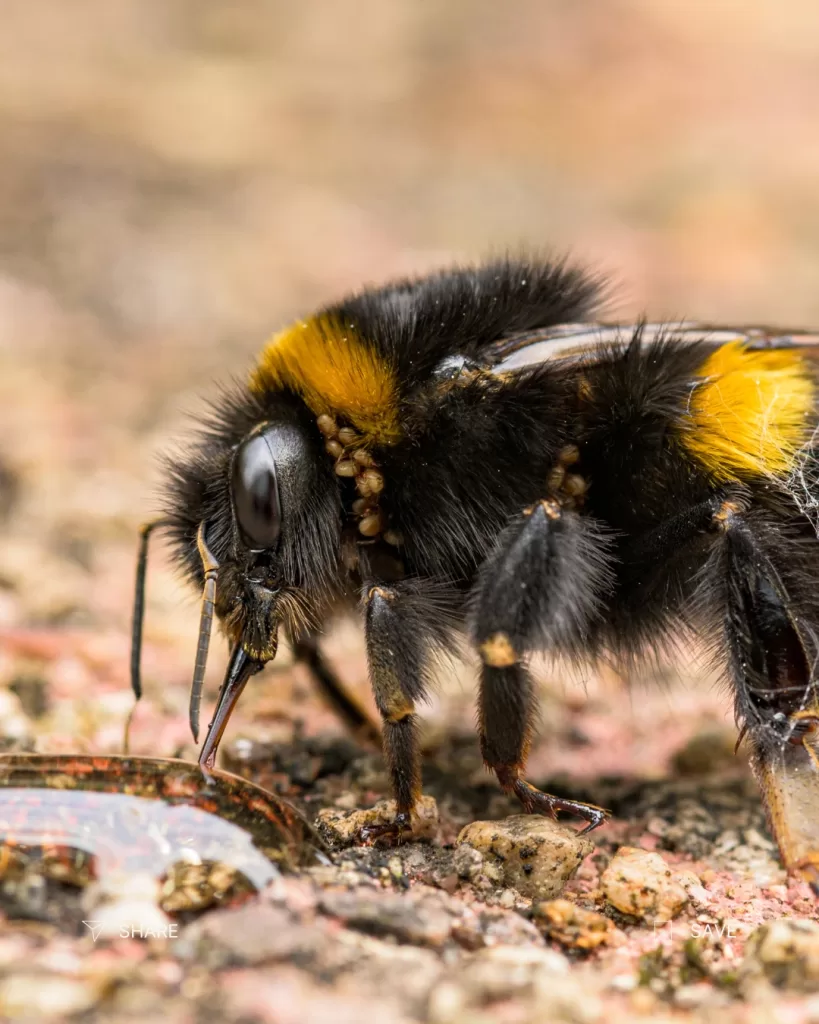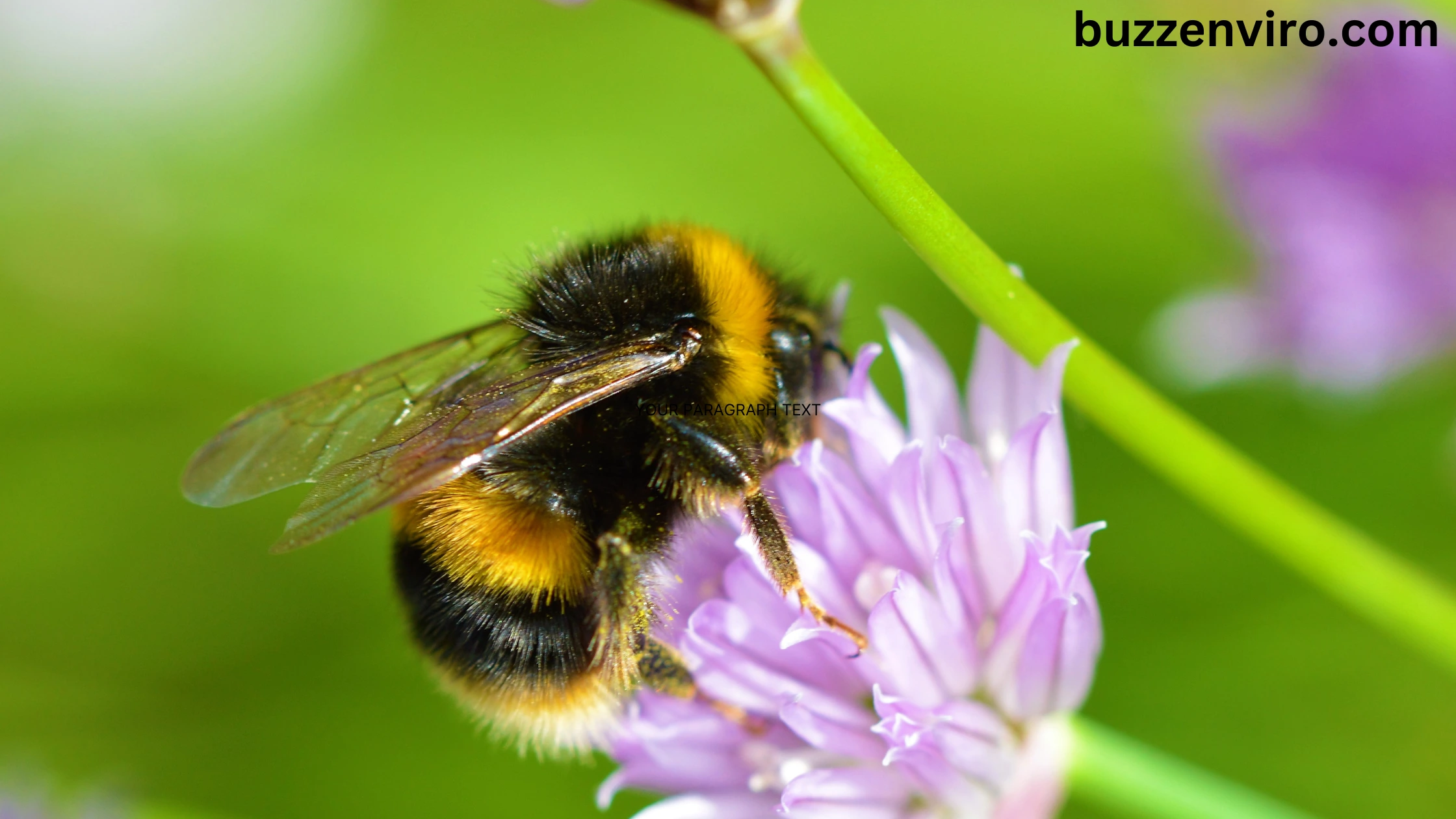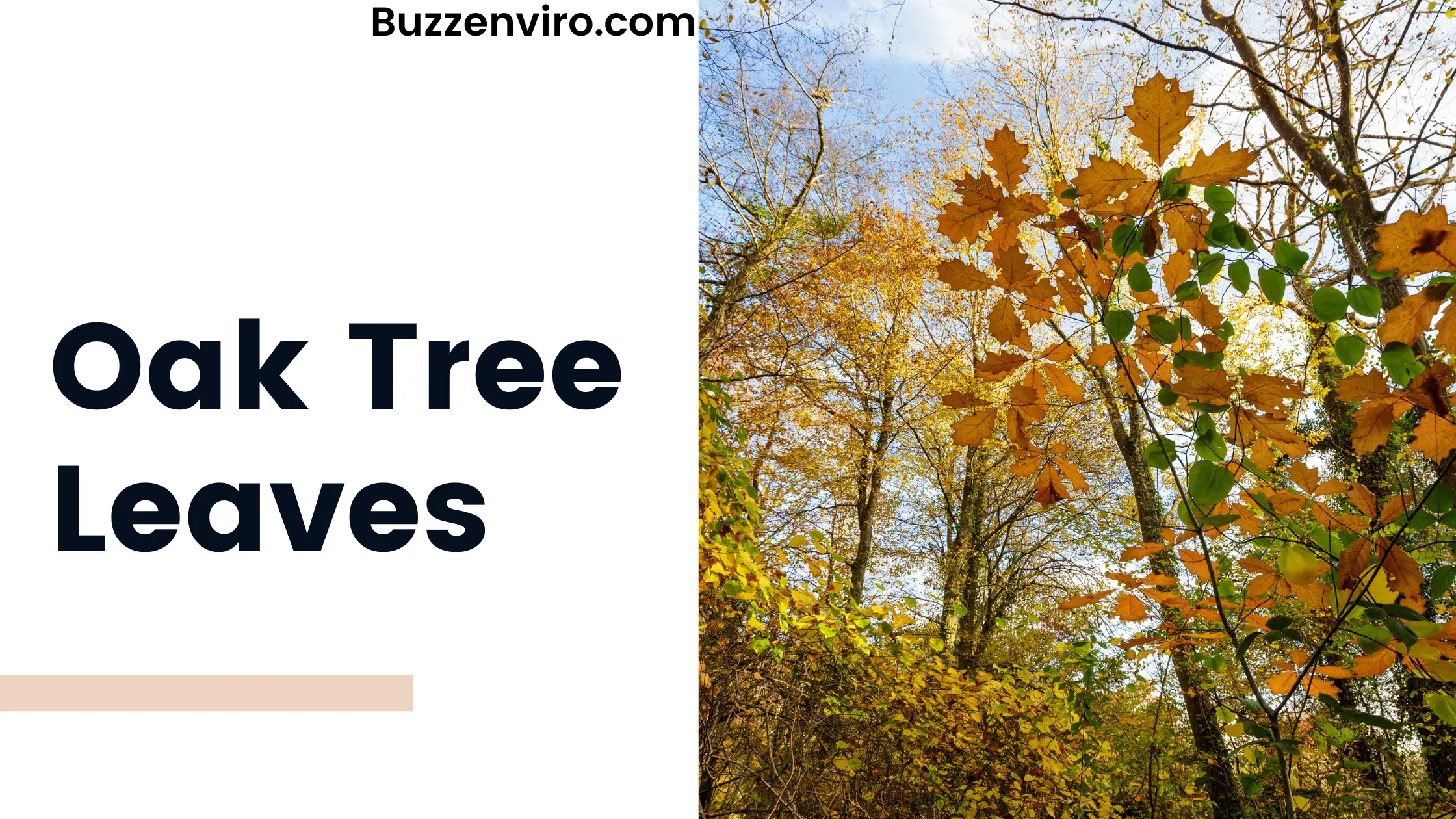Bumble bees are among the most important insects when it comes to pollination, and their role in the environment is crucial. These fuzzy, flying creatures are not just cute, they play an essential part in pollinating flowers and crops, making them vital for biodiversity and food production. In this blog, we’ll explore everything you need to know about bumble bees, including their key features, the role they play in pollination, their life cycle, and common questions like whether bumble bees make honey or can sting. Let’s dive in and discover why these pollinators are so important for nature and agriculture.
What Are Bumble Bees?
Bumble bees are large, fuzzy bees that belong to the genus Bombus within the family Apidae, which also includes honeybees and carpenter bees. There are over 250 species of bumble bees found in various parts of the world, especially in temperate climates. These bees are easily recognizable due to their round, fluffy bodies, and they are among the best pollinators, able to carry large amounts of pollen as they fly from flower to flower.
Unlike honeybees, bumble bees are larger, with thicker fur, which helps them gather pollen more efficiently. They are social insects, living in colonies, with a queen bee at the center of the hive. Bumblebees are vital for pollination, both in wild ecosystems and agricultural settings.
Key Features of Bumble Bees
Bumble bees have several distinctive characteristics that make them effective pollinators:
1. Fuzzy Bodies:-
Bumble bees are covered with thick fur called “pile,” which helps them gather pollen as they fly from one flower to another. This fur is one of the main reasons bumblebees are so efficient at pollination.
2. Large Size
Compared to honeybees, bumble bees are larger and more robust, which allows them to carry more pollen and visit a wider variety of flowers, including those with long tubes.
3. Coloration
Bumble bees are typically black and yellow, although some species may have red or orange markings. This color pattern helps attract specific flowers, as many plants are evolved to attract bumblebees specifically.
4. Powerful Flight
Bumble bees can hover in place, allowing them to pollinate flowers that require more precise movement. Their powerful wings enable them to carry loads of nectar and pollen efficiently.
Do Bumble bees Make Honey?

Yes, bumble bees do make honey, but not in the same quantity as honeybees. Bumblebees make small amounts of honey to sustain their colonies through the winter months. However, unlike honeybees, who can produce large honey stores for commercial purposes, bumblebees only create enough honey to survive during colder periods when nectar is scarce.
The honey produced by bumble bees is stored in wax cells within the nest. During the warmer months, bumblebees collect nectar and pollen from flowers, but they focus on building up a small reserve of honey to ensure the colony survives when flowers are not in bloom.
Can Bumble bee Sting?
Bumble bees are capable of stinging, but they are generally not aggressive unless they feel threatened. Unlike honeybees, which can only sting once before dying, bumble bees can sting multiple times since their stingers are not barbed. However, bumble bees will typically only sting in self-defense or to protect their nest.
For most people, a bumble bee sting is not dangerous, though it can cause pain, redness, and swelling. Individuals who are allergic to bee stings should take precautions around bumble bees, just as they would with other stinging insects.
The Importance of Bumblebees in Pollination
Bumble bees play a crucial role in pollination, which is essential for the reproduction of many plants. As they collect nectar and pollen, they transfer pollen from one flower to another, helping plants produce seeds and fruits. This process is vital for the growth of many crops, including fruits, vegetables, and flowers.
Bumble bees are particularly important for the pollination of crops that require “buzz pollination,” such as tomatoes, blueberries, and peppers. This unique form of pollination involves the bumblebee vibrating its body to release pollen from the flower’s anthers. This specialized behavior makes them more effective at pollinating certain types of plants than other bees or insects.
Without bumble bees, many of our favorite foods would be much harder to grow. They are not only essential for agriculture but also for maintaining biodiversity in wild ecosystems.
The Life Cycle of Bumble Bees
Bumble Bees have a fascinating life cycle that consists of several stages:
1. Egg Stage
The life cycle begins when a fertilized queen lays eggs in the spring. These eggs will develop into worker bees, drones, or new queens.
2. Larval Stage
The eggs hatch into larvae, which are fed by worker bees. Larvae grow rapidly and develop into pupae.
3. Pupal Stage
After the larval stage, the pupae undergo metamorphosis, developing into adult bees. These bees emerge as worker bees in the early summer.
4. New Queens and Drones
Later in the summer, the queen begins to lay eggs that will hatch into new queens and male drones. Drones mate with the new queens, ensuring the survival of the colony for the next year.
5. Winter Survival
As autumn arrives, the worker bees and drones die, and only the newly fertilized queens survive the winter, hibernating until the next spring.
Threats to Bumble bee Populations
Unfortunately, bumble bee populations have been declining due to several threats. Habitat loss, pesticide use, and climate change have all contributed to the decline of these essential pollinators. In addition, monoculture farming practices can reduce the availability of wildflowers, which are crucial for bumblebee foraging.
Conservation efforts are underway to protect bumble bee habitats, including planting wildflowers and reducing pesticide use. Supporting local and sustainable farming practices can also help ensure a healthy environment for bumblebees.
How to Help Bumble bees?
You can play a part in supporting bumblebee populations by taking simple steps in your own yard or garden. Here are a few ways you can help:
Plant Wildflowers: Planting a variety of native flowers can provide bumblebees with the nectar and pollen they need.
Avoid Pesticides: Using natural pest control methods in your garden can help keep bumblebees safe.
Create Bumblebee Habitats: Providing sheltered spaces, such as nesting boxes or leaving areas of your garden undisturbed, can help bumblebees thrive.






